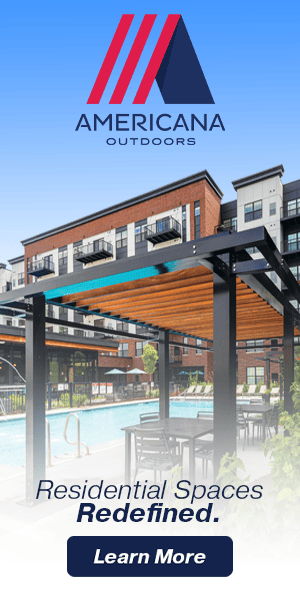
As climate-related disasters grow more frequent and severe, the need for resilient housing has become increasingly urgent. Federal disaster assistance is limited, prompting experts to call for more proactive mitigation strategies to protect homeowners and improve insurability. Measures like elevating homes above flood levels, reinforcing structures, and installing hurricane-resistant features can significantly reduce long-term risks and insurance premiums.
The single-family rental and build-to-rent sectors are stepping up by adopting durable construction methods designed to withstand natural hazards. Developers are incorporating storm-resistant materials, underground utilities, and energy-efficient systems, making these homes not only more resilient but also more attractive to tenants and lenders.
Babcock Ranch in Florida exemplifies a community designed with resilience at its core. Built to endure hurricanes and other extreme weather, the neighborhood features solar power, elevated structures, and advanced stormwater systems. When Hurricane Ian struck in 2022, the community remained largely undamaged—underscoring the value of integrating long-term resilience into planning and design.














